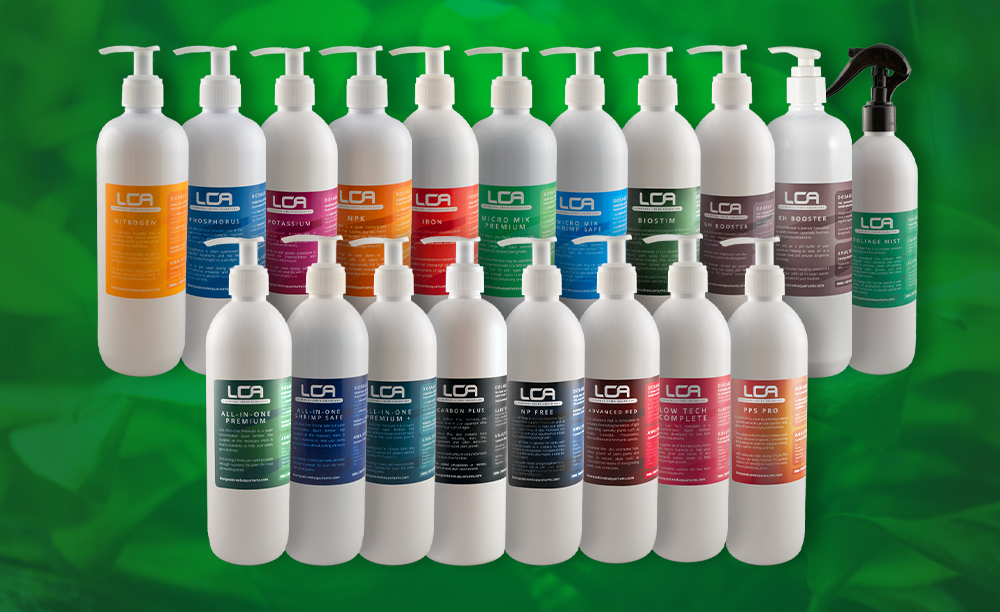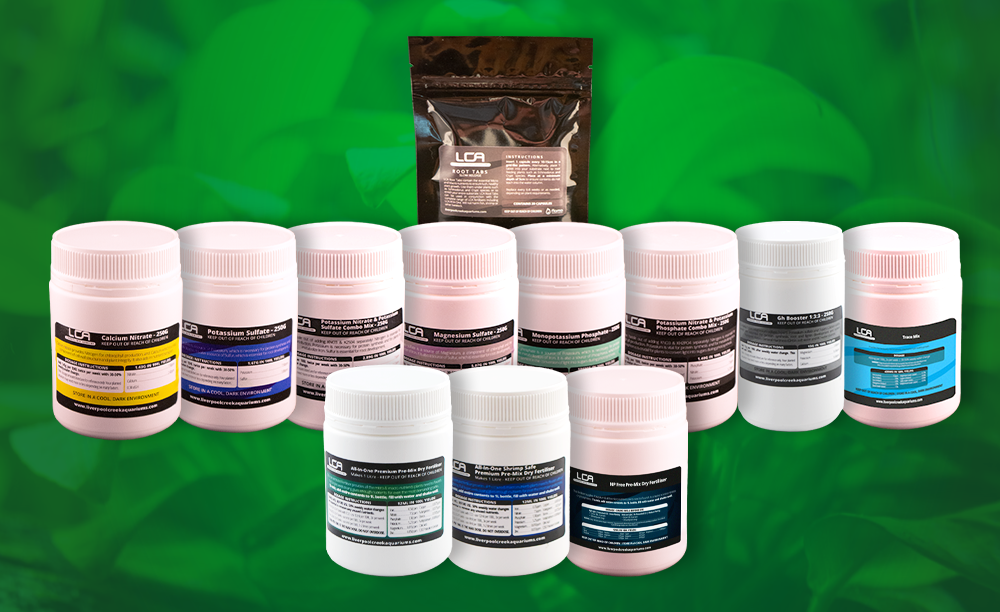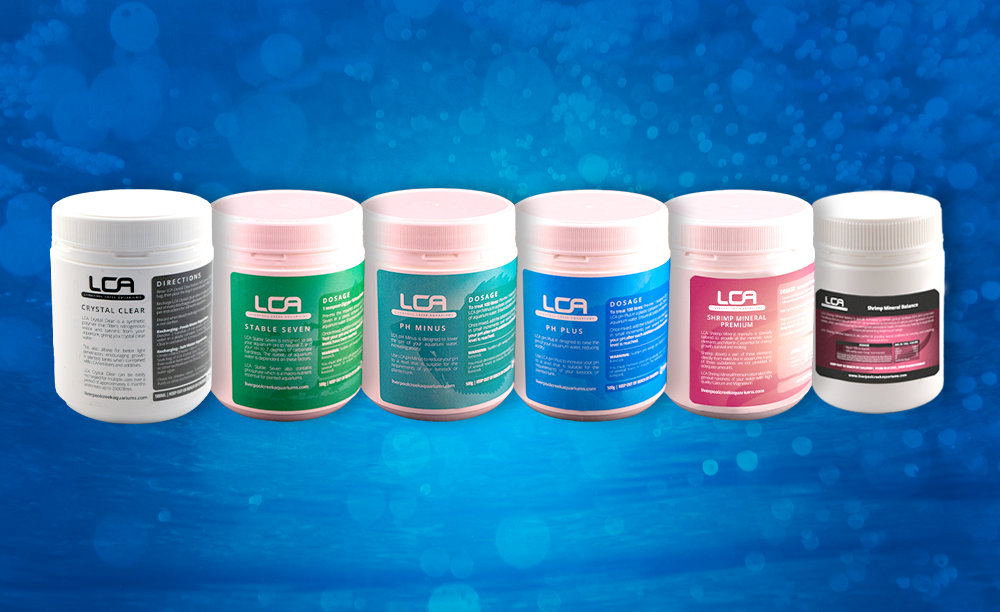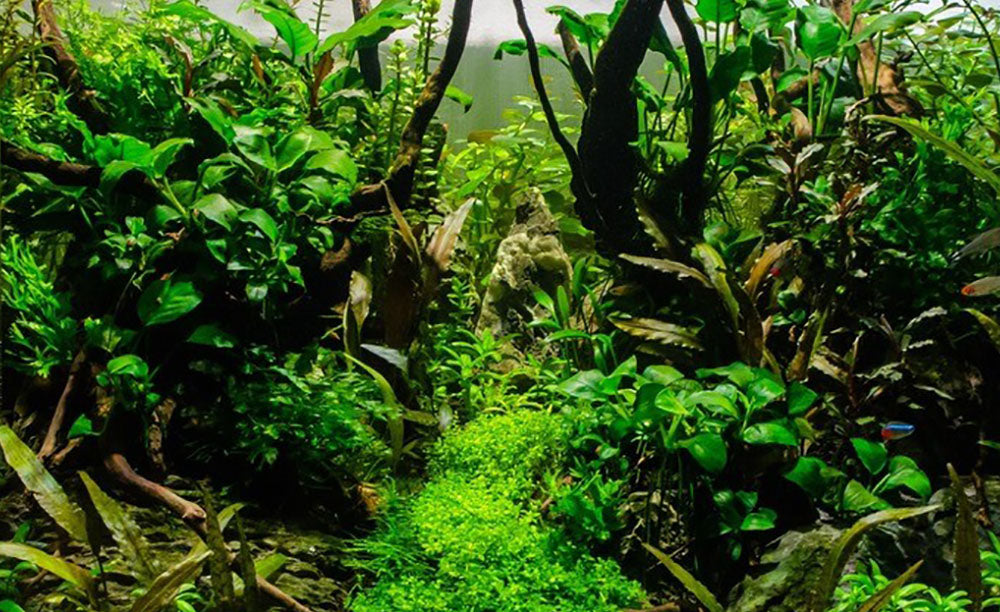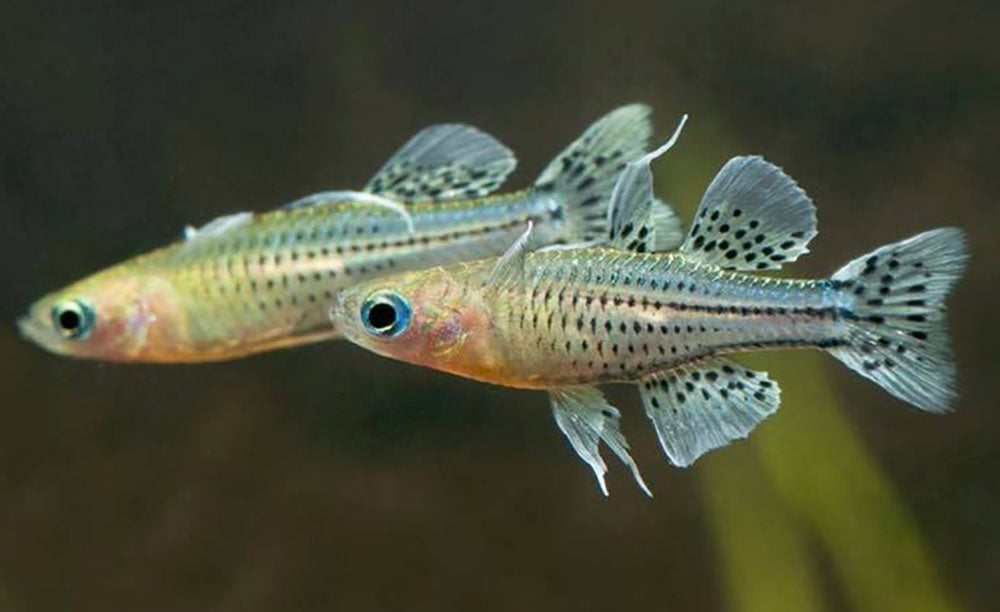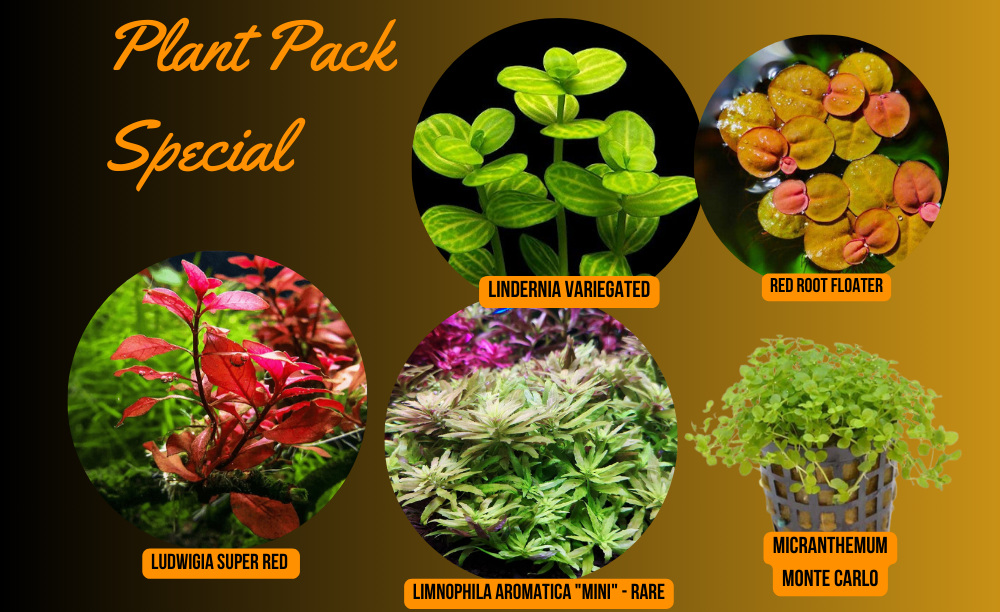Your Cart is Empty
*******FREE SHIPPING FOR ORDERS OVER $200*******
submit your order by 11.59 am Sunday morning for same week delivery
*******FREE SHIPPING FOR ORDERS OVER $200*******
submit your order by 11.59 am Sunday morning for same week delivery
Store
SPECIALS / PLANT PACKS
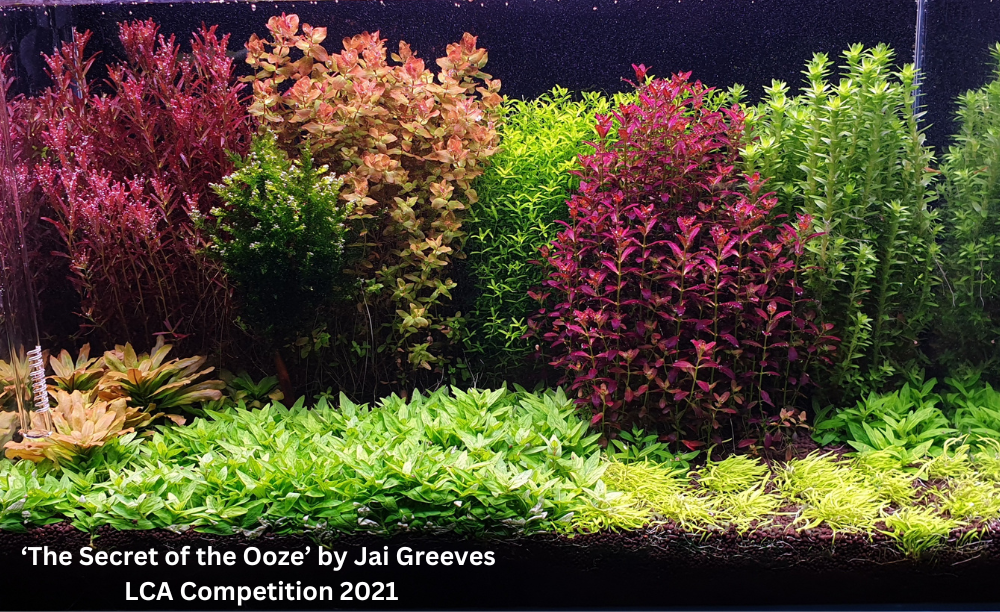
Plant Maintenance
3 min read
Plant Maintenance
Planted aquariums can be a beautiful addition to your home, but the plants require regular maintenance to keep them looking their best.
Trimming
The thing about aquatic plants is that you can’t prune them continuously and expect new shoots. Aquatic plant species are always in the process of shedding old growth to put energy into new shoots and leaves. If you trim the top of your stem plants to keep them short, eventually those old stems might not provide any new growth as they will be too far-gone to do much of anything.
What you should be doing every time you trim tall stems is completely discard the lower portion, and replant the healthy top you’ve just trimmed off. Because it is healthy and adapted to your tank conditions already, it will quickly sprout new roots and begin growing.
With that said, there are some species such as Rotala rotundifolia that tolerate trimming and will still put out new shoots from older stems even after a few trims. However, the bottom stems will still deteriorate eventually and will need to be discarded. It’s easier to trim and replant tops than keep track of which old stems need to go next.
It makes sense to discard old stem sections that have been shaded by the growth above. They won’t look as nice as the freshly trimmed tops and won’t bounce back as well.
By providing plants with an enriched substrate or root tabs and regular water column fertilisation, plants will grow healthy for longer, and bounce back faster from the mechanical stress of being trimmed.
When you’re pumping CO2 and fertilising heavily, trimming and replanting of stem tops will be a regular requirement. Low-tech tanks will require much less frequent trimming.
Damage
It’s important to remember that most aquatic plants do not renew old or damaged leaves. They will always put their energy into new growth, absorbing old and damaged leaves to do so.
Fast growing plants and stem species in particular will happily discard old growth that is underperforming, whether it’s shaded, deteriorating, or otherwise damaged. This is because they are generally able to quickly create new growth that will provide better energy conversion.
With regular fertilisation, the breakdown of older leaves will be slowed, and the overall appearance of leaves will be improved as they receive the nutrients they need for healthy growth.
Older leaves on slow growing plants such as anubias may even revitalise if nutrition is improved, as these slow growers need their leaves to perform for longer periods of time.
Damaged or deteriorating plant growth in general should be discarded to reduce the chance of algae appearing, as it loves the nutrients leaking from these leaves.
Replanting
You’ve put in some plants, and after a while they have finally settled in to your tank and are starting to grow. It’s comforting to see and a great indication you are on the right track. Now, rather than leaving the plant alone, the best thing you can do for it is to trim off the healthy top section, discard the old lower stem (with roots) and replant the top. Those old sections of the plant that were grown in different conditions won’t improve and will only hinder the plant. Not only that, the new section of growth is going to look a lot nicer and will be completely adapted to the conditions in your tank.
Planted aquariums can be a beautiful addition to your home, but the plants require regular maintenance to keep them looking their best.
Trimming
The thing about aquatic plants is that you can’t prune them continuously and expect new shoots. Aquatic plant species are always in the process of shedding old growth to put energy into new shoots and leaves. If you trim the top of your stem plants to keep them short, eventually those old stems might not provide any new growth as they will be too far-gone to do much of anything.
What you should be doing every time you trim tall stems is completely discard the lower portion, and replant the healthy top you’ve just trimmed off. Because it is healthy and adapted to your tank conditions already, it will quickly sprout new roots and begin growing.
With that said, there are some species such as Rotala rotundifolia that tolerate trimming and will still put out new shoots from older stems even after a few trims. However, the bottom stems will still deteriorate eventually and will need to be discarded. It’s easier to trim and replant tops than keep track of which old stems need to go next.
It makes sense to discard old stem sections that have been shaded by the growth above. They won’t look as nice as the freshly trimmed tops and won’t bounce back as well.
By providing plants with an enriched substrate or root tabs and regular water column fertilisation, plants will grow healthy for longer, and bounce back faster from the mechanical stress of being trimmed.
When you’re pumping CO2 and fertilising heavily, trimming and replanting of stem tops will be a regular requirement. Low-tech tanks will require much less frequent trimming.
Damage
It’s important to remember that most aquatic plants do not renew old or damaged leaves. They will always put their energy into new growth, absorbing old and damaged leaves to do so.
Fast growing plants and stem species in particular will happily discard old growth that is underperforming, whether it’s shaded, deteriorating, or otherwise damaged. This is because they are generally able to quickly create new growth that will provide better energy conversion.
With regular fertilisation, the breakdown of older leaves will be slowed, and the overall appearance of leaves will be improved as they receive the nutrients they need for healthy growth.
Older leaves on slow growing plants such as anubias may even revitalise if nutrition is improved, as these slow growers need their leaves to perform for longer periods of time.
Damaged or deteriorating plant growth in general should be discarded to reduce the chance of algae appearing, as it loves the nutrients leaking from these leaves.
Replanting
You’ve put in some plants, and after a while they have finally settled in to your tank and are starting to grow. It’s comforting to see and a great indication you are on the right track. Now, rather than leaving the plant alone, the best thing you can do for it is to trim off the healthy top section, discard the old lower stem (with roots) and replant the top. Those old sections of the plant that were grown in different conditions won’t improve and will only hinder the plant. Not only that, the new section of growth is going to look a lot nicer and will be completely adapted to the conditions in your tank.
Subscribe
Sign up to get the latest on sales, new releases and more …
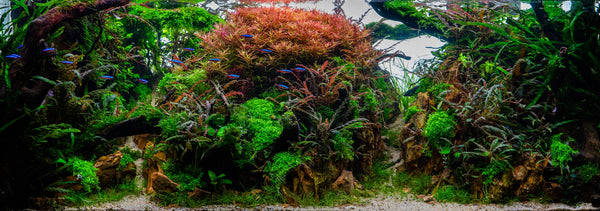
Join Us
Join our Facebook group and benefit from the knowledge of
Australia’s largest community of planted aquarium enthusiasts!

